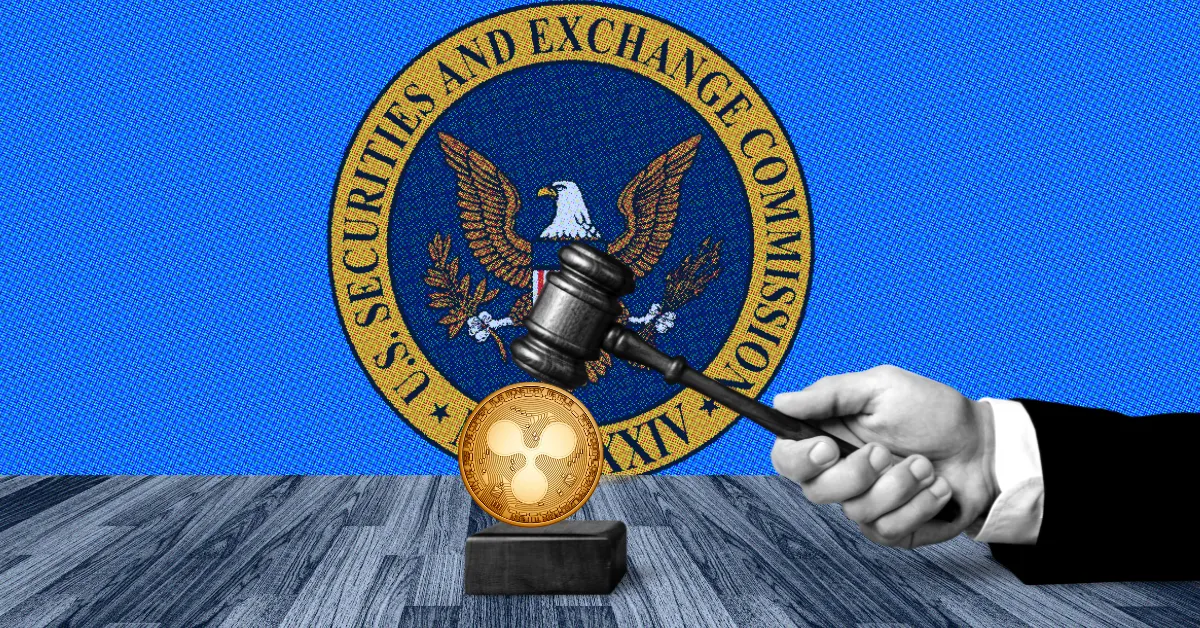FTX co-founder Gary Wang has testified in the ongoing Sam Bankman-fried lawsuit and revealed that the insurance fund amount released by FTX was false and generated by a random number generator. FTX, like many exchanges, promises to use insurance funds to cover adverse events or losses on the trading platform. The fund, purportedly valued at $5,500,000 and $5,000,000 FTT, was a calculated misrepresentation.
Wang exposes insurance fund misrepresentation
Wang, a former college roommate of Bankman-Fried’s who became one of his closest friends and colleagues, disclosed to the jury in Manhattan federal court that the size of FTX’s published insurance fund, as claimed in official communications, was entirely fictitious. Furthermore, Wang clarified that the insurance fund contained no FTT, contradicting official statements. He also asserted that the reported number did not align with the data stored in the company’s databases.
The revelation sent shockwaves through the courtroom as the implications of the deception began to sink in. Wang went on to detail the source of the false information, pointing to a webpage on the website that purported to display the contents of the insurance fund. However, it was revealed that this data was calculated separately, intentionally misleading stakeholders.
As the trial unfolded, Wang presented damning lines of code, dissecting the algorithm used to generate the deceptive figures. He explained that the code manipulated the total volume of trades from the past 24 hours on the exchange, multiplying it by a random number, ultimately producing a falsified balance.
FTX’s dealings with customer funds have been reckless
In an earlier statement from his testimony, Gary revealed that in 2019, he received instructions to allow Alameda to maintain a negative balance on FTX. Coupled with a substantial “large line of credit” extended by the crypto exchange, this effectively led to Alameda using customers’ funds. According to Wang, this money rightfully belonged to the customers, and they had not permitted it to be utilized for other purposes. These deposits covered Alameda’s negative balance, allowing the trading firm to withdraw unlimited amounts from FTX.
Wang further disclosed that a confidential and exclusive borrowing arrangement for Alameda was activated on the same day, July 31, 2019, when Bankman-Fried reassured FTX users on Twitter that the trading firm’s accounts were treated no differently from others on the crypto exchange. This facility remained accessible to Alameda’s accounts until the collapse of FTX in 2022. During this period, the trading firm’s line of credit was augmented multiple times, eventually reaching as high as $65 billion.
When Wang inquired about the final credit increase, Bankman-Fried indicated his approval. Wang, who later pleaded guilty to fraud after FTX’s collapse and agreed to cooperate with prosecutors, provided highly incriminating testimony for the 31-year-old Bankman-Fried.
FTX’s intricate financial maneuvers
This week, Bankman-Fried went on trial to defend himself against wire fraud and money laundering charges. If found guilty, he could potentially face decades of imprisonment. Bankman-Fried has maintained his plea of not guilty, with his legal team arguing that he acted in “good faith” and never intended to deceive or defraud anyone.
Wang detailed how Bankman-Fried and his inner circle worked urgently to determine the amount that Alameda owed to FTX customers as the cryptocurrency prices plummeted in the spring of 2022. Despite being aware of the approximately $11 billion debt owed by Alameda to FTX, Bankman-Fried instructed the trading firm’s CEO, Caroline Ellison, to make repayments demanded by third-party lenders, as testified by Wang.
On Thursday, another former FTX employee, Adam Yedidia, recounted a conversation with Bankman-Fried at their shared luxurious residence in a Bahamian resort. During this conversation, Bankman-Fried allegedly acknowledged that the exchange was no longer “bulletproof.”
The court also heard from an investor in FTX who claimed he was assured that Alameda did not receive any special privileges on the exchange. Additionally, an FTX customer testified that he traded on the platform believing his deposits were secure. Wang revealed that his co-founder informed him that investors can access FTX’s balance sheet but not Alameda’s.





